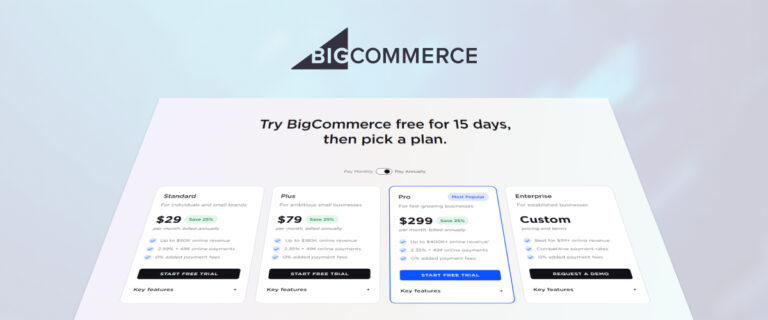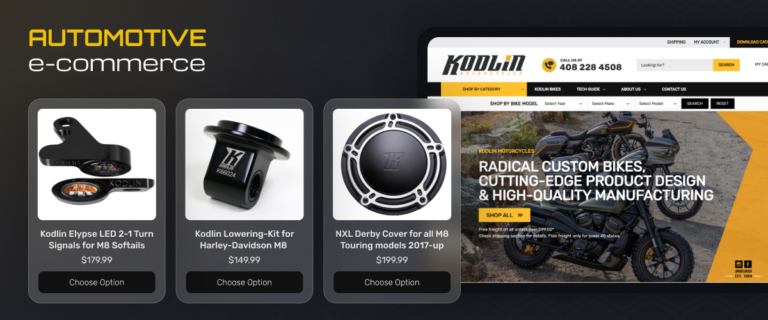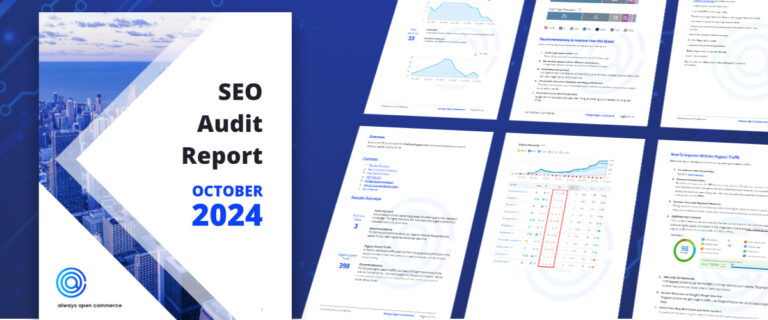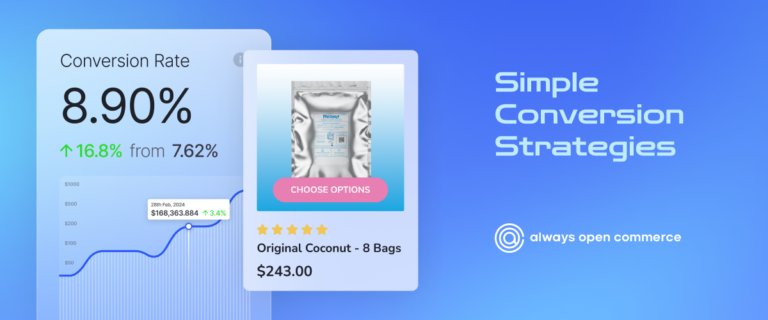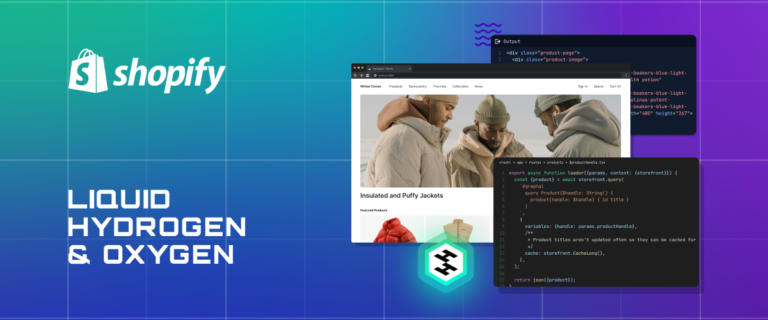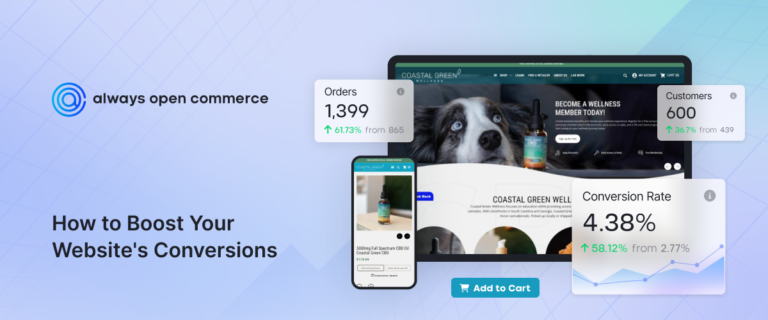Are you looking into maximizing your e-commerce business ROI? Do you want to streamline your product information management and enhance the customer experience?
The PIM platform is a powerful tool that can take your business to new peaks. It provides centralized control over all of your product data and enables you to optimize listings across multiple channels.
Dive into everything you need to know about PIM platforms, why they’re important, what features to look for, how to implement one successfully and most importantly – how it can help boost your bottom line!
What is a PIM Platform?
A Product Information Management (PIM) platform helps e-commerce businesses manage and optimize product data. A PIM system centralizes all of your product information, allowing you to efficiently manage and update it across multiple channels such as marketplaces, social media platforms, and web stores.
With a PIM platform in place, businesses can easily create high-quality content for their products including descriptions, specifications, images and videos. Moreover, a PIM system enables effortless integration with third-party systems such as ERPs or CRMs providing additional benefits for the business.
The core aim of a PIM platform is to ensure consistency in the way you present your products across all channels while reducing manual workloads associated with managing large volumes of product data.
Why is Implementing a PIM Platform Important for E-Commerce Businesses?
Implementing a PIM platform is essential for e-commerce businesses of all sizes. E-Commerce platforms require accurate and comprehensive product information to sell successfully online, and a PIM system is designed explicitly for this purpose.
Without proper management of your product data, you run the risk of inconsistent listings across multiple channels, inaccuracies in pricing and inventory levels, poor SEO rankings due to incomplete or incorrect descriptions or titles, among other issues that can harm your bottom line.
A PIM platform empowers businesses with control over their data by providing centralized storage and management capabilities. With real-time updates synced across all channels, businesses can ensure the latest pricing, availability status, images and descriptions are up-to-date.
Implementing a PIM solution ensures faster time to market for new products while reducing costs associated with manual data entry errors. This automation translates into better customer experiences resulting in increased sales conversions leading to higher ROI.
The Key Features to Look for in a PIM Platform
When choosing the right PIM platform for your e-commerce business, there are features to look out for. Here are the most important ones:
1) Data Management: A good PIM platform must have robust data management capabilities that can handle multiple formats and sources of product data. This includes easily importing, exporting, and managing large volumes of data.
2) Product Information Enrichment: The ability to enrich product information like images, videos, descriptions and specifications is crucial. It ensures that your customers get all the necessary product information they need before purchasing.
3) Workflow Automation: Look for a PIM solution that offers workflow automation capabilities so you can easily create workflows for different teams or departments involved in managing your products’ data.
4) Integration Capabilities: Your chosen PIM should integrate seamlessly with other systems like ERP, CRM or CMS systems without requiring extensive customization or development work.
5) Analytics & Reporting: A robust analytics dashboard will provide insights into performance metrics such as sales trends by category and customer behaviors giving you better visibility on ROI.
How to Implement a PIM Platform
Implementing a PIM platform can be complex, but it can be done smoothly with the right approach and tools.
- Have a clear understanding of your business goals. This helps identify the key features that are most important for your company.
- Choose the right PIM platform for your specific needs. There are different options, so research and compare them before deciding.
- Once you have chosen a PIM platform that meets your requirements, start implementing it in your e-commerce system. Depending on the complexity of your business processes and systems, this may require significant customization or integration work.
- During implementation, it’s important to involve all relevant stakeholders from across your organization. This includes not only IT teams but also marketing, sales, customer service representatives and any other departments involved in managing product information.
- Testing and quality assurance should be conducted thoroughly before launching the new PIM system live. Don’t underestimate the importance of training staff members on how to use this new tool effectively – investing time now will pay off later when everyone is using it efficiently!
What are the Benefits of Implementing a PIM Platform?
Implementing a PIM platform can bring numerous benefits to your e-commerce business.
Product Centralization
It enables you to centralize product information in one place, making it easier to manage and maintain consistency across channels. This means updates are made quickly and efficiently, reducing the risk of errors or outdated information.
Product Data Quality
With a PIM platform, you also gain better control over product data quality, which is crucial for customer satisfaction. Accurate and detailed product descriptions coupled with high-quality images are key factors influencing the purchasing decision of customers. A well-managed PIM system ensures that all this data is complete, accurate and consistent across all sales channels.
Manual Tasks Reduction
The implementation of a PIM platform helps reduce the amount of time spent on manual tasks such as updating spreadsheets or fixing discrepancies between different systems. This results in increased productivity levels within your organization allowing employees more time to focus on value-added activities like marketing campaigns or developing new products.
Real-Time Analytics
Having access to real-time analytics provides valuable insights into customer interactions. Leveraging these insights effectively can help businesses make informed decisions about pricing strategies, inventory management as well as identifying opportunities for cross-selling or up-selling.
How to Maximize Your E-Commerce ROI with PIM Platform Implementation
Once you have implemented a PIM platform, the next step is to utilize it effectively to maximize your e-commerce ROI. One way to do this is ensuring your product data is accurately updated.
Another way to maximize your e-commerce ROI with PIM implementation is leveraging the automation capabilities of the platform. Automating tasks such as data entry, validation, and enrichment saves valuable time and reduces errors in product information.
Don’t forget about analytics! A PIM platform can provide powerful insights into how customers interact with your products across channels. Analyzing this data can identify areas for improvement and optimize your e-commerce strategy accordingly.
Implementing a PIM platform is just the beginning – it’s how you use it that will ultimately determine its impact on your e-commerce ROI.
Carefully evaluating the key features of a PIM platform and leveraging effective implementation strategies can ensure your business is maximizing this powerful technology. Whether you’re looking to optimize operations or drive revenue growth, implementing a PIM platform may be what your e-commerce business needs.
So don’t wait any longer – consider incorporating a PIM platform, with the help of our excellent developers, designers, and data administrators, into your e-commerce strategy today!





